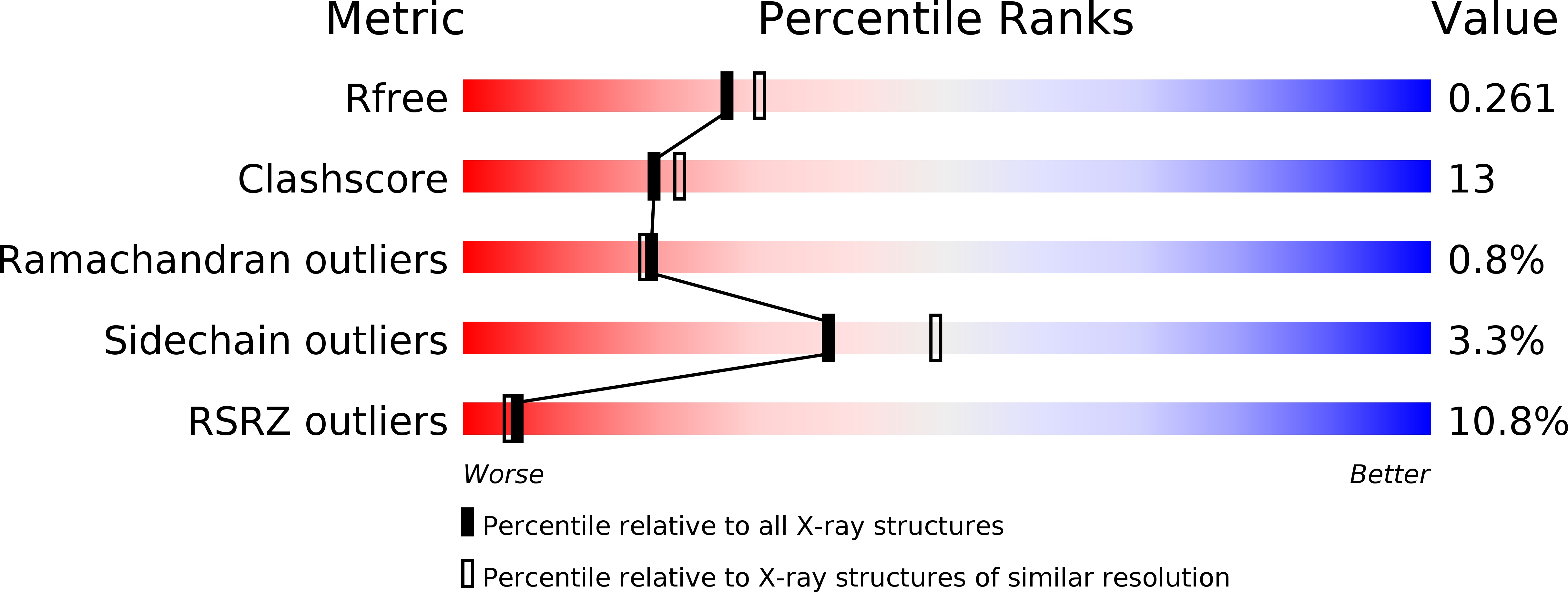
Deposition Date
2018-06-21
Release Date
2019-06-26
Last Version Date
2024-03-27
Entry Detail
Biological Source:
Source Organism:
Murid herpesvirus 4 (Taxon ID: 33708)
Host Organism:
Method Details:
Experimental Method:
Resolution:
2.20 Å
R-Value Free:
0.27
R-Value Work:
0.23
R-Value Observed:
0.24
Space Group:
P 32 2 1


